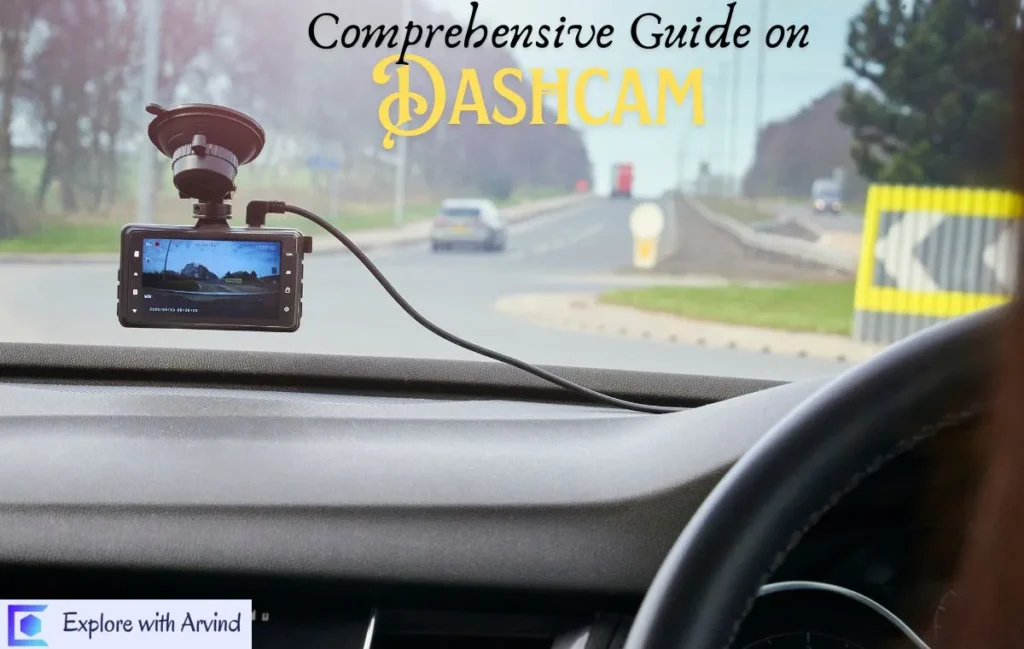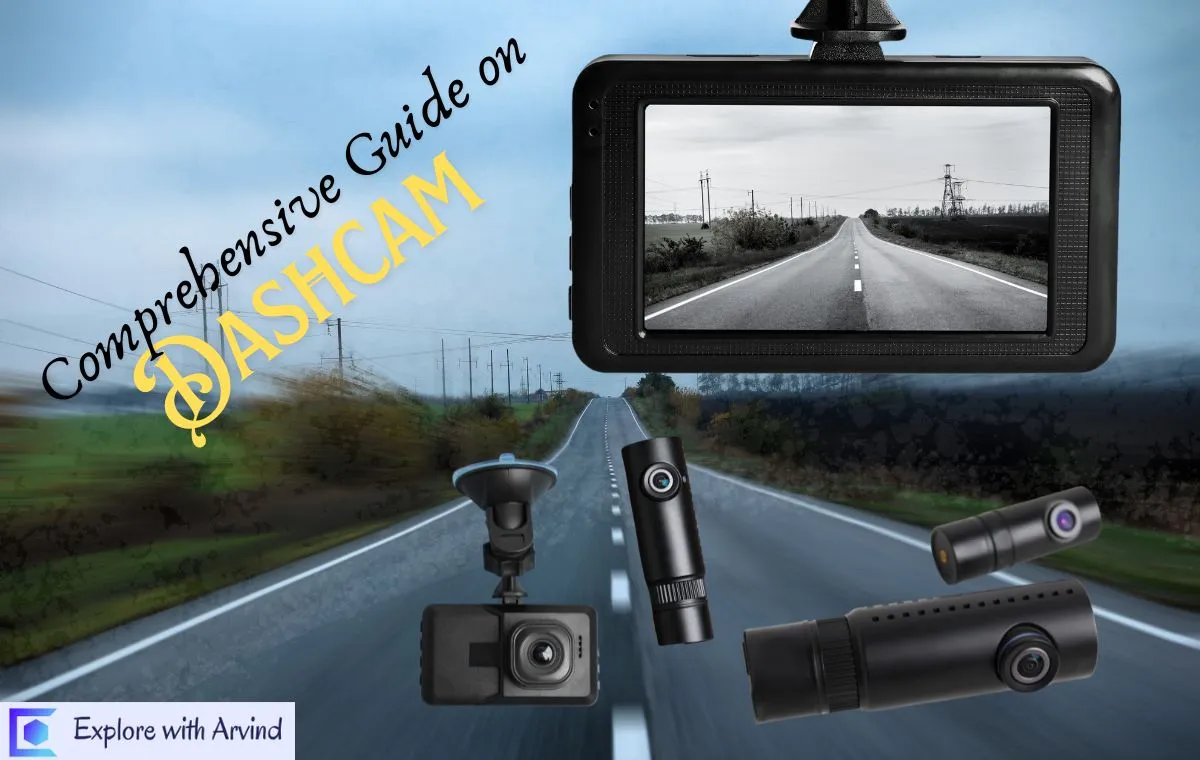Table of Contents
ToggleChoosing the Best Dashcam for Your Car: A Comprehensive Guide to Safety and Security
Discover how to select the perfect dashcam for your car. Learn about key features like video quality, GPS tracking, night vision, and more to enhance your vehicle’s safety and protection.
In the modern realm of vehicular safety and accountability, a dashcam has transcended from being a mere accessory to becoming an indispensable tool. Whether you’re a daily commuter navigating bustling urban streets or an adventurer tackling remote, off-the-grid terrains, selecting the perfect dashcam for your car can seem like a daunting task. With myriad choices flooding the market, how does one sift through the sea of options to find that elusive ‘perfect’ match? This guide will walk you through every consideration you must weigh to make an informed decision.
Why a Dashcam is Essential
Before delving into the technical intricacies of choosing a dashcam, it’s pivotal to understand why this device is a must-have for any conscientious driver. The primary function of a dashcam is to provide an unbiased record of events during your journey. In the unfortunate case of an accident, it becomes a reliable witness. Whether capturing hit-and-runs, reckless driving, or insurance fraud attempts, a dashcam can save you a substantial amount of hassle, time, and money.
Key Features to Look For in a Dashcam
When embarking on the journey to select a dashcam, there are several crucial features that you must evaluate. These features go beyond mere resolution or size, encapsulating a broad spectrum of technical and practical aspects.
Video Quality
Perhaps the most vital feature of any dashcam is its ability to capture high-quality footage. While many cameras boast 1080p resolution, consider models offering 4K recording for crystal-clear images. This level of detail can be critical when identifying license plates, road signs, or minute details in low-light conditions. Also, ensure the camera has a high dynamic range (HDR) or wide dynamic range (WDR), as these technologies enhance video clarity in challenging lighting environments such as dusk or dawn.
Field of View (FOV)
The field of view determines how much of the road is captured in the frame. A wider FOV—typically between 120° to 170°—ensures a more panoramic recording, allowing you to capture multiple lanes of traffic. However, be cautious, as an excessively wide angle may distort the image, creating a fisheye effect. Striking a balance between a broad field of view and image clarity is imperative.
Night Vision
Driving doesn’t cease when the sun sets, and neither should your dashcam’s effectiveness. Night vision is a crucial feature for capturing clear footage in low-light environments. Dashcams with infrared sensors or enhanced low-light performance are optimal for night-time recording, ensuring the video retains detail and accuracy even in near-dark conditions.
GPS Tracking
For drivers who want to log their travels, GPS functionality is a must. This feature not only records your driving route but can also timestamp footage with your exact location and speed at the time of recording. This is especially useful for fleet management, long-distance drivers, or those who frequently venture into unknown territories.
Loop Recording and Storage Capacity
Loop recording allows the dashcam to continuously record by overwriting the oldest footage once the storage limit is reached. This ensures that your camera doesn’t stop recording when the memory card is full. However, opting for a camera with ample storage capacity and compatibility with high-endurance SD cards is recommended for longevity and reliability.
Parking Mode
A dashcam with parking mode can record even when your vehicle is stationary. This feature becomes particularly useful when you leave your car parked in areas where theft or vandalism is a concern. Some cameras automatically turn on when they detect motion or impact, providing an added layer of security for your vehicle when you’re away.
Dual Camera Systems
For those seeking comprehensive coverage, a dual dashcam system records both the front and rear of the vehicle. Rear cameras can capture tailgaters or provide crucial evidence in the case of rear-end collisions. These systems often offer a seamless interface, displaying both camera views on a single screen or recording them simultaneously on one memory card.

Additional Considerations When Choosing a Dashcam
Beyond the core features, there are a few other elements that deserve attention when selecting the perfect dashcam for your car.
Size and Discreteness
A dashcam should not obstruct your view or distract you while driving. Compact models are preferred, as they can be discreetly mounted on the windshield without drawing too much attention. The smaller the dashcam, the better it blends into your car’s interior.
Build Quality and Durability
Invest in a dashcam that is built to withstand extreme conditions. Whether you’re driving in sweltering heat or sub-zero temperatures, the dashcam should be durable enough to function optimally without succumbing to environmental damage. A robust, weather-resistant model is essential for longevity, particularly for those living in areas with harsh climates.
Ease of Installation and Use
Some dashcams are more user-friendly than others. Look for models that offer easy installation, preferably ones that can be plugged into your car’s cigarette lighter or fuse box without requiring professional assistance. Similarly, an intuitive interface, with clear menus and easy-to-navigate settings, will ensure you’re not fumbling with the camera when you need it the most.
App Connectivity and Cloud Storage
Many modern dashcams come with apps that allow you to access footage directly from your smartphone. This feature adds convenience by eliminating the need to remove the memory card and manually transfer files. Cloud storage options are also gaining popularity, allowing for the secure backup of your recordings online, thus protecting them from physical damage or loss.
Making the Final Decision
Choosing the perfect dashcam involves balancing your individual needs, driving habits, and budget. If you frequently drive at night or park in high-risk areas, prioritize night vision and parking mode. If you want to monitor both the front and back of your vehicle, opt for a dual-camera system. If seamless integration and easy access to footage are your priorities, seek out models with smartphone apps and cloud storage. In essence, the best dashcam is the one that aligns with your driving lifestyle while providing the essential features you deem necessary for safety and security.
Top Brands to Consider
When investing in a dashcam, it’s always advisable to choose a reputable brand known for its reliability and customer support. Some trusted brands include:
Garmin: Known for its high-quality video capture and ease of use.
Thinkware: Offers premium dashcams with innovative features like advanced driver assistance.
Nextbase: Known for its versatile range of dashcams, including models with built-in Alexa functionality.
BlackVue: Popular for its sleek design, cloud services, and comprehensive dual-camera systems.
70mi: One of the popular Dashcams in the market, it has many models.
Qubo: This is from the well known Hero group and has a wide range of product and good service network.
Redtiger: A versatile product with many options to choose from.
Final Thoughts
A dashcam can be your second pair of eyes on the road, offering peace of mind and an invaluable layer of security. By carefully considering the features mentioned above, you can find a device that perfectly suits your needs and enhances your driving experience. Remember, the road is unpredictable, but with the right dashcam, you’re always prepared.
